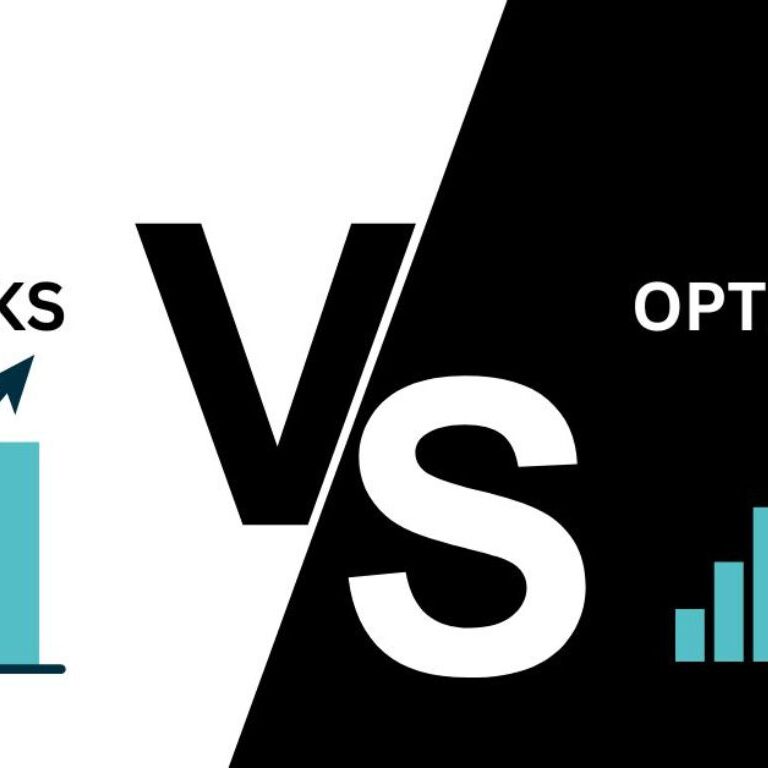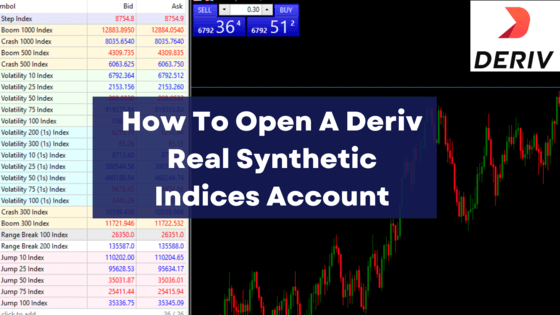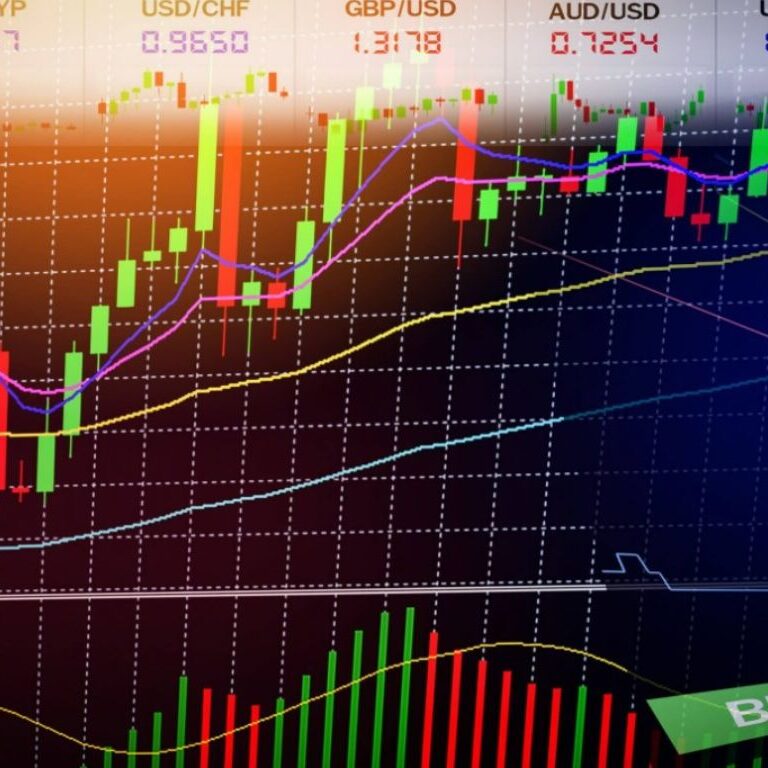Maximizing Returns: The Advantages of Option Trading Over Stocks
Introduction In the ever-evolving world of finance, there are countless ways to invest your hard-earned cash. Two popular choices for investors are options and stocks. But which one should you choose? In this article, we’ll break down the differences between options and stocks, explore the advantages of option trading, and help you decide if it’s…










